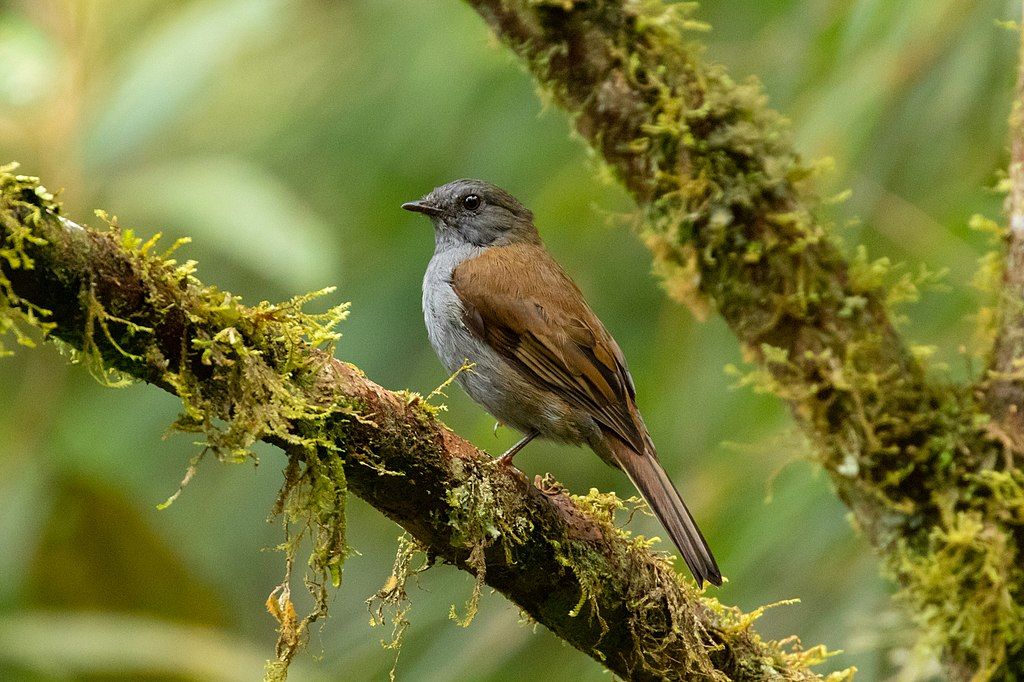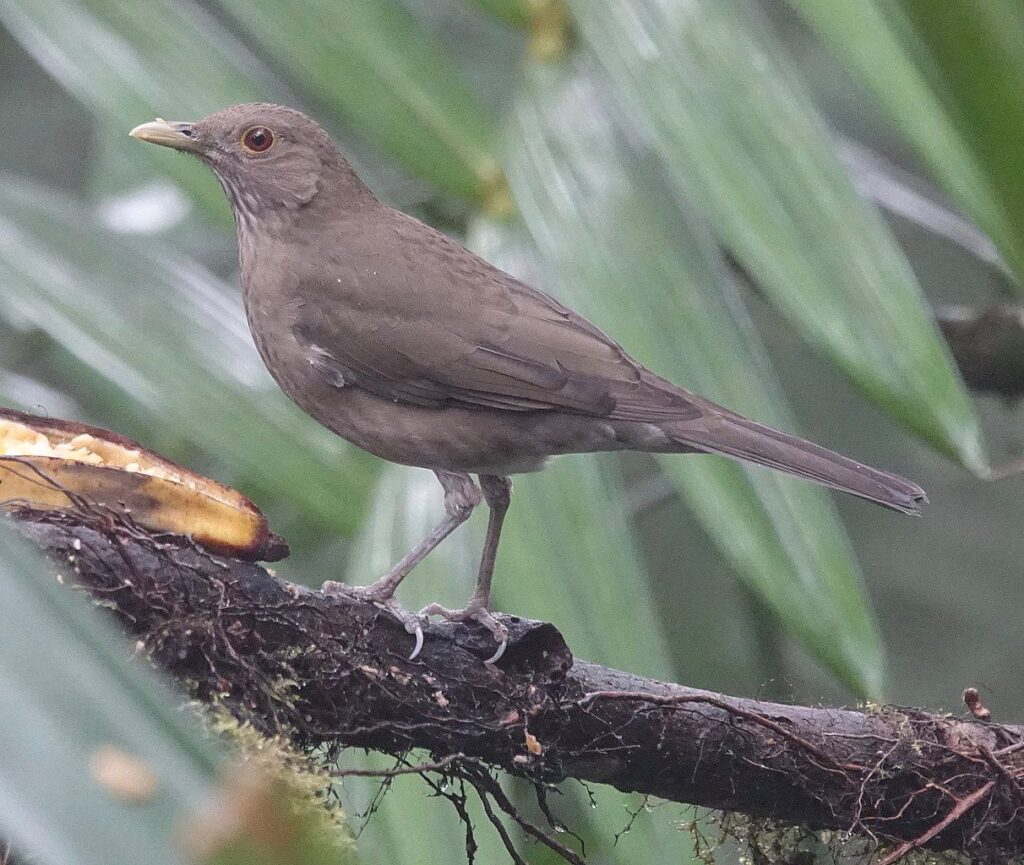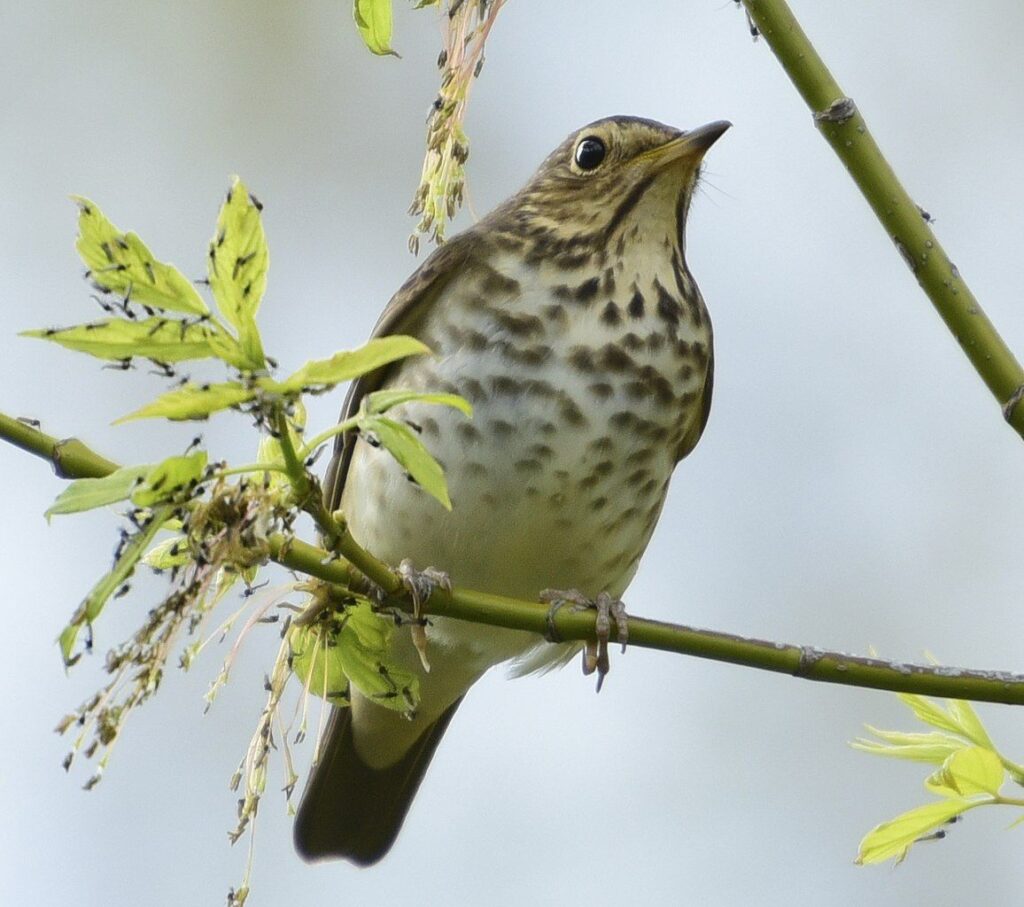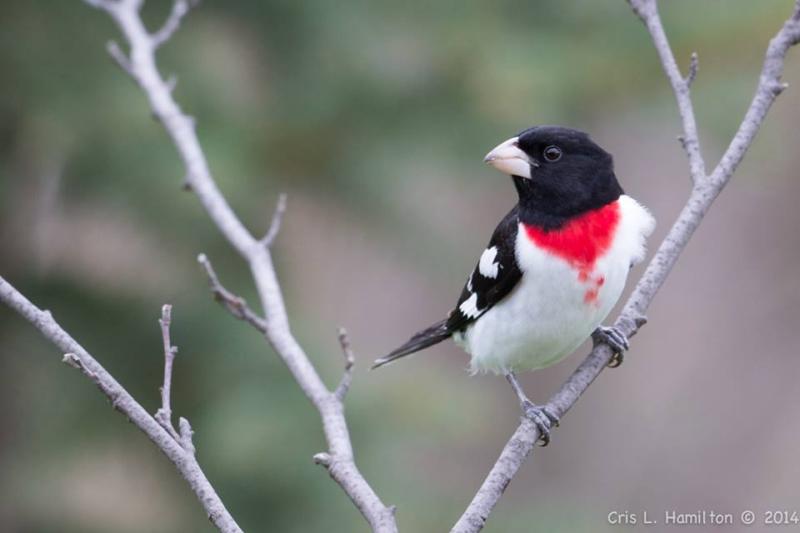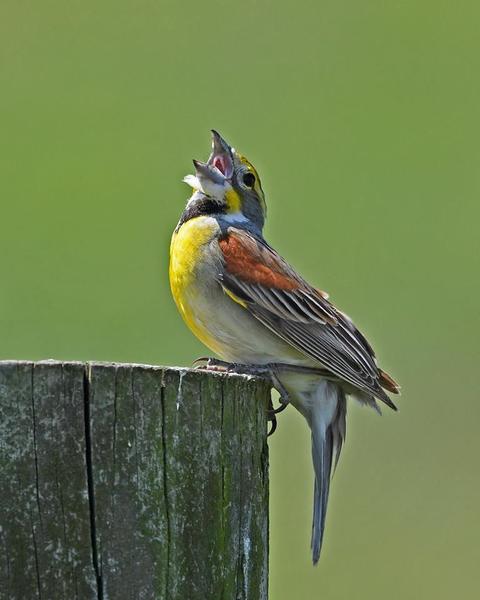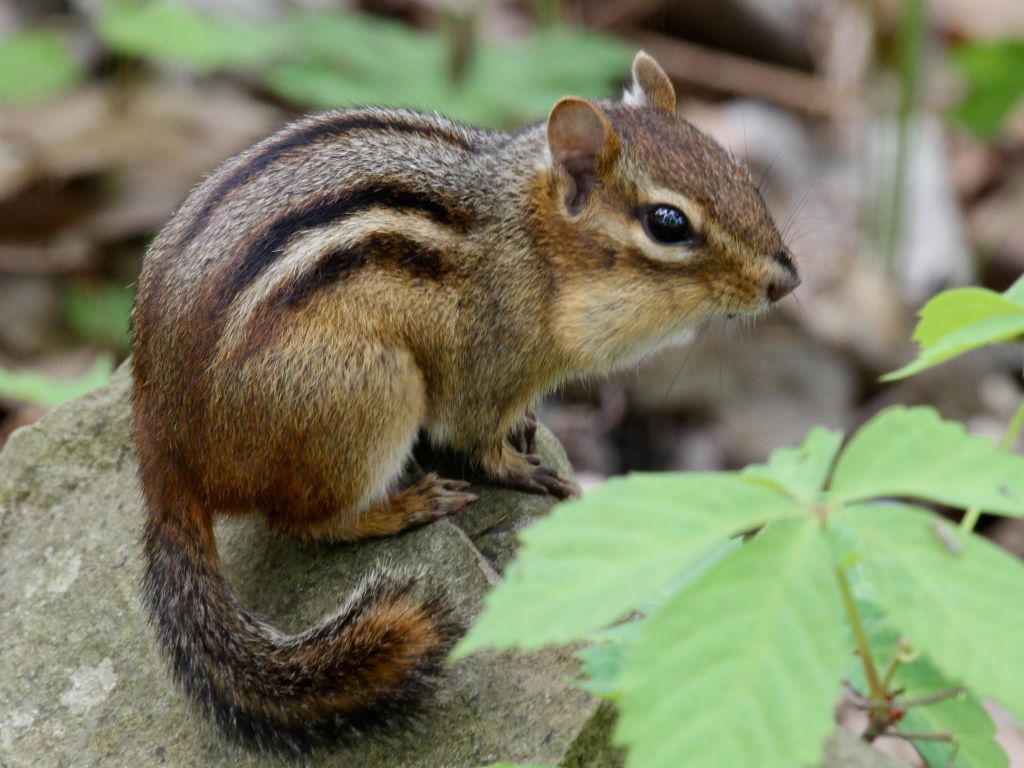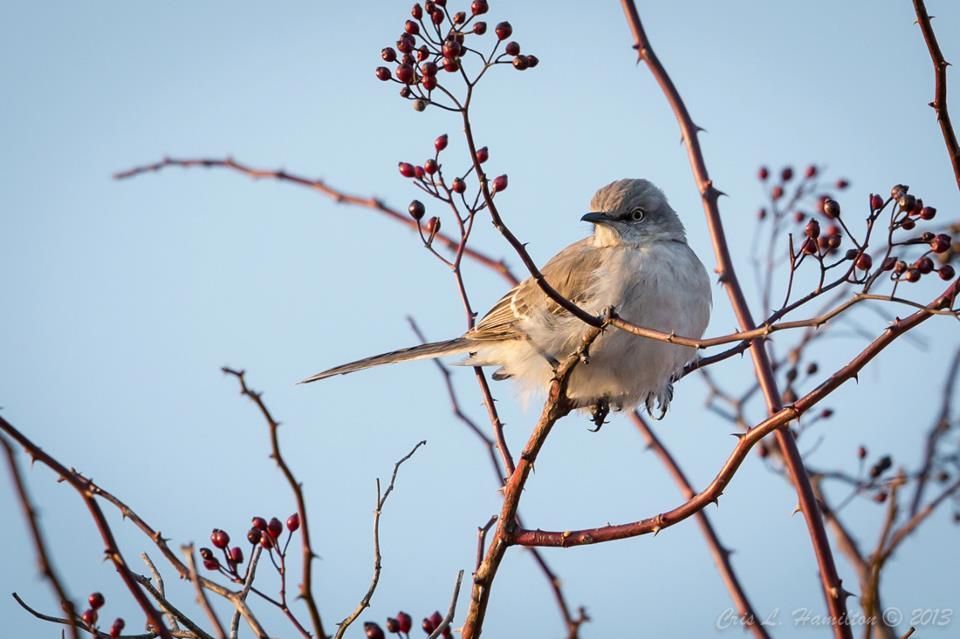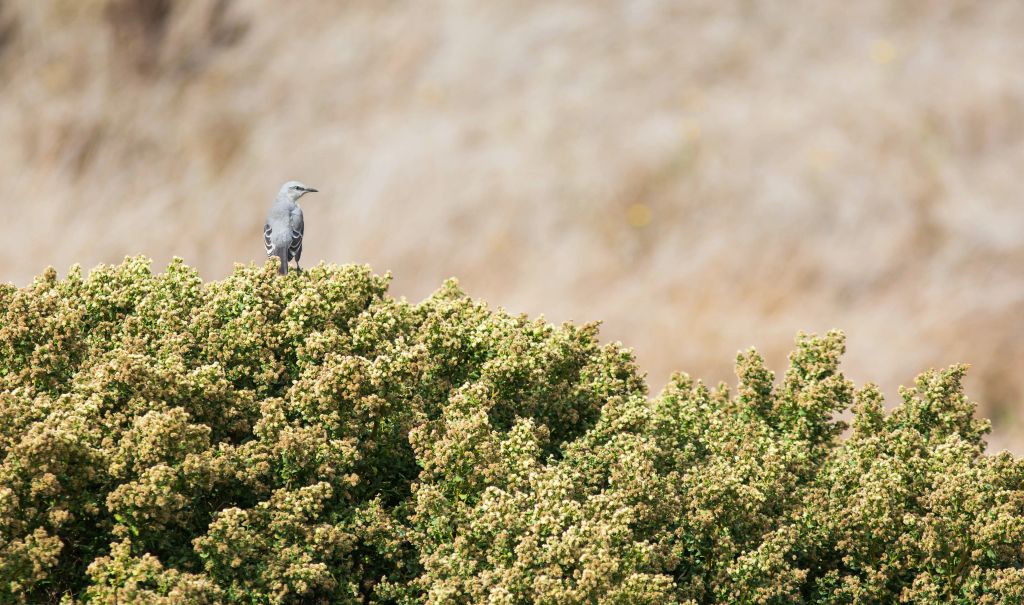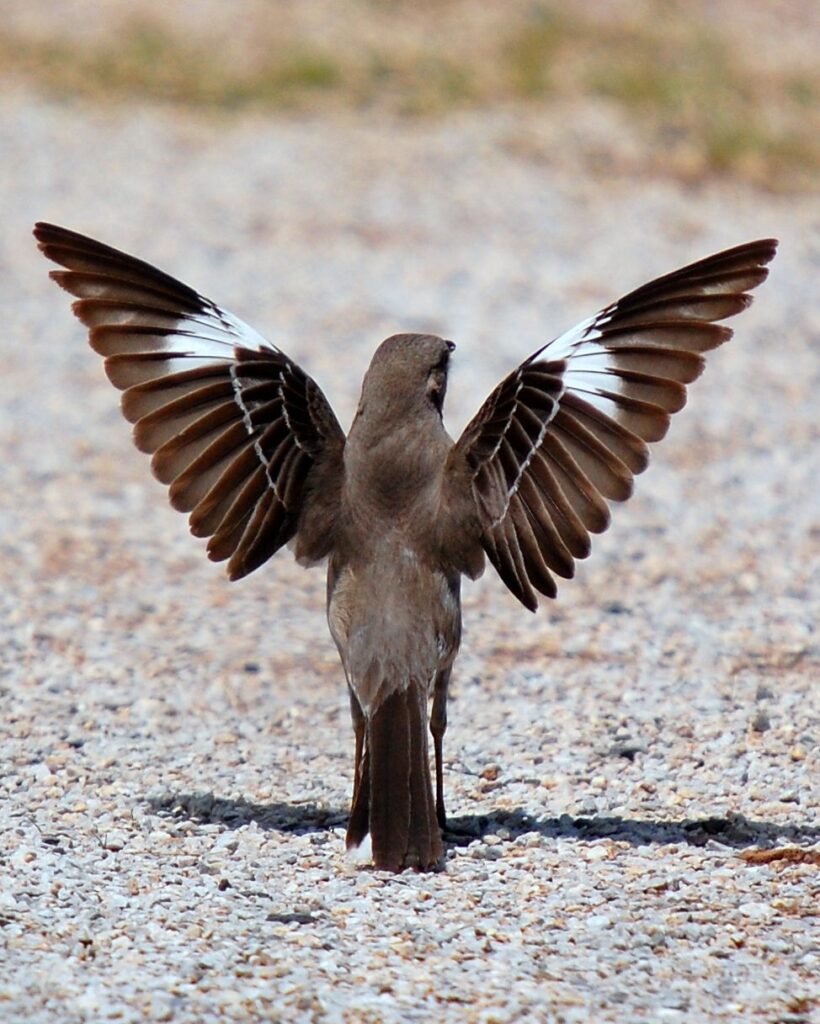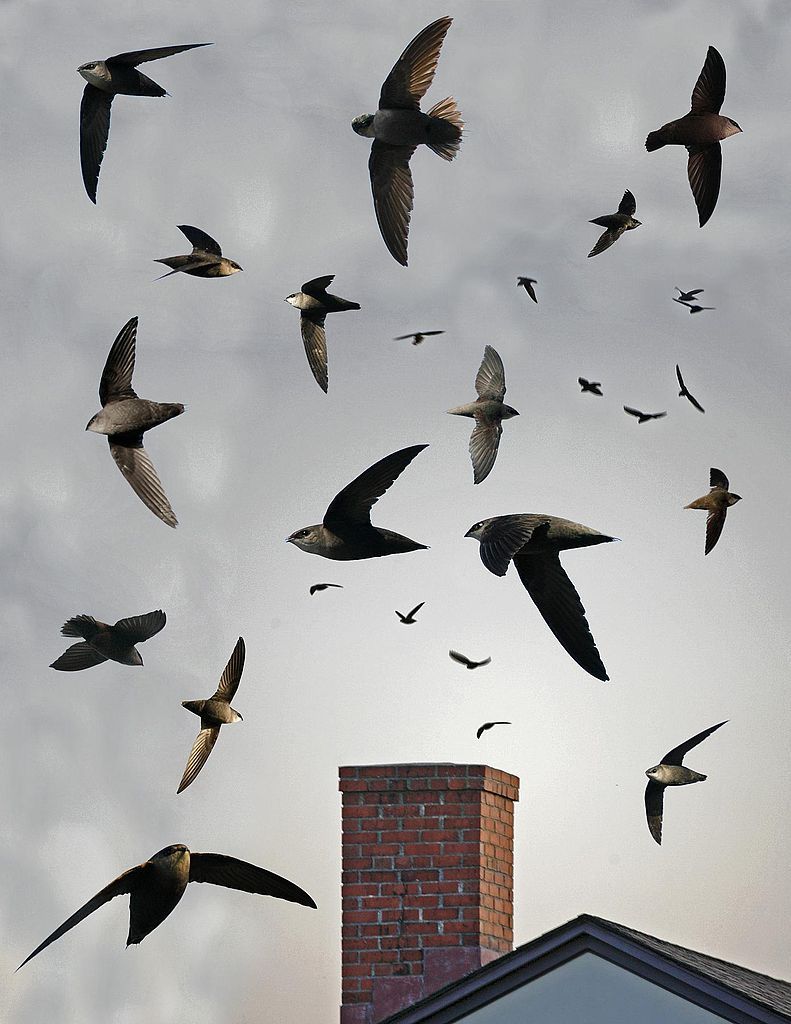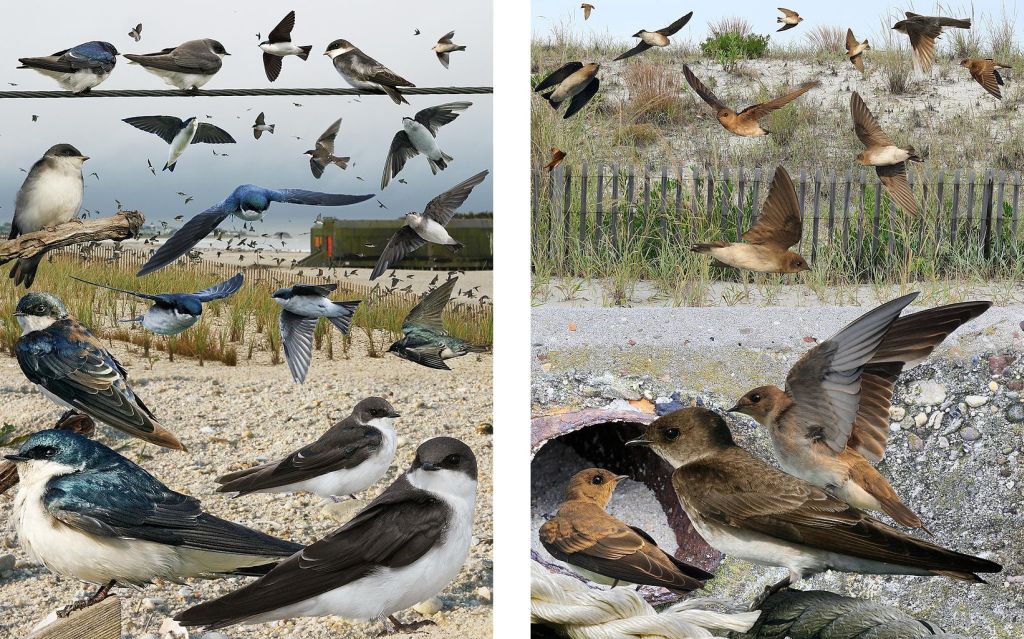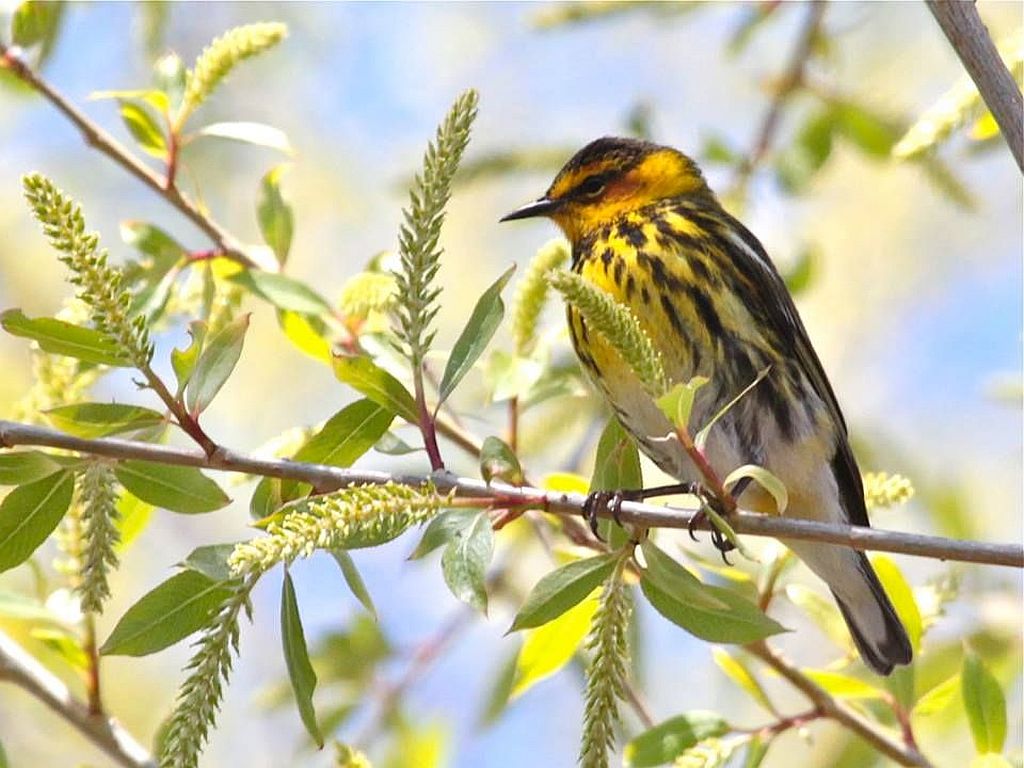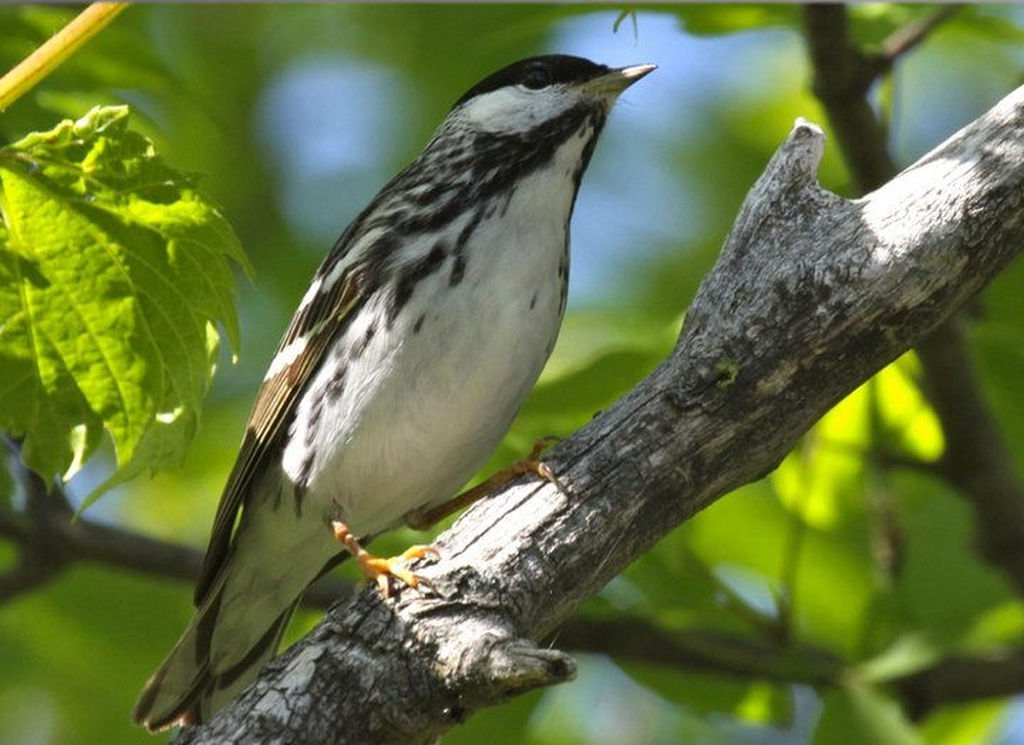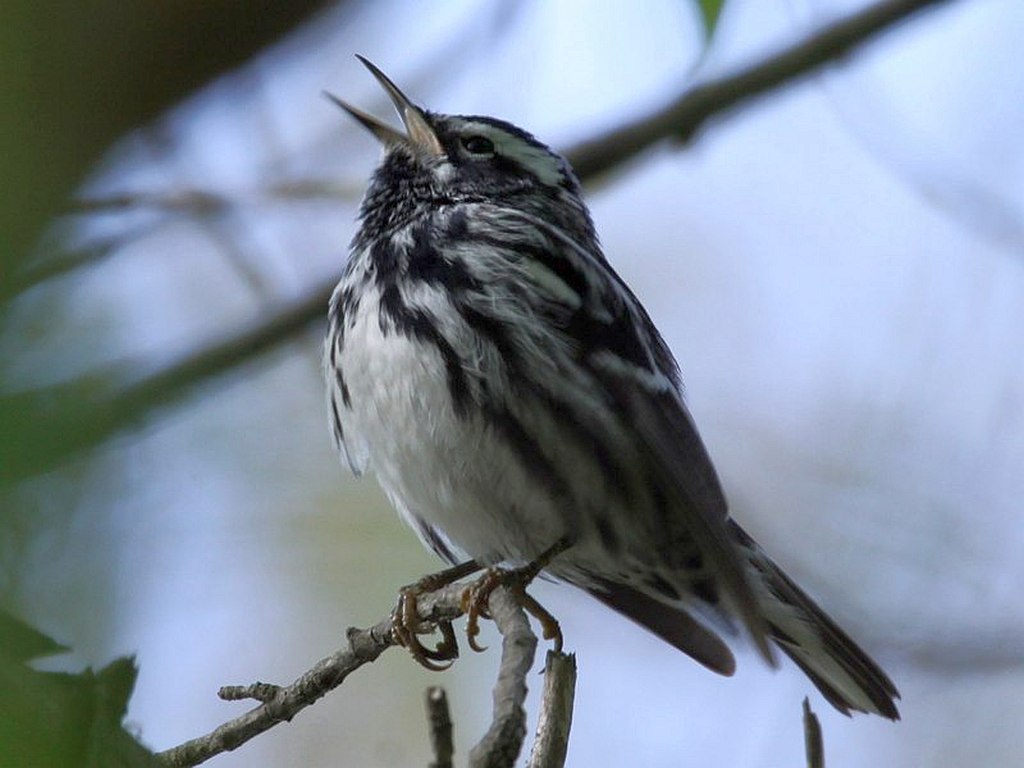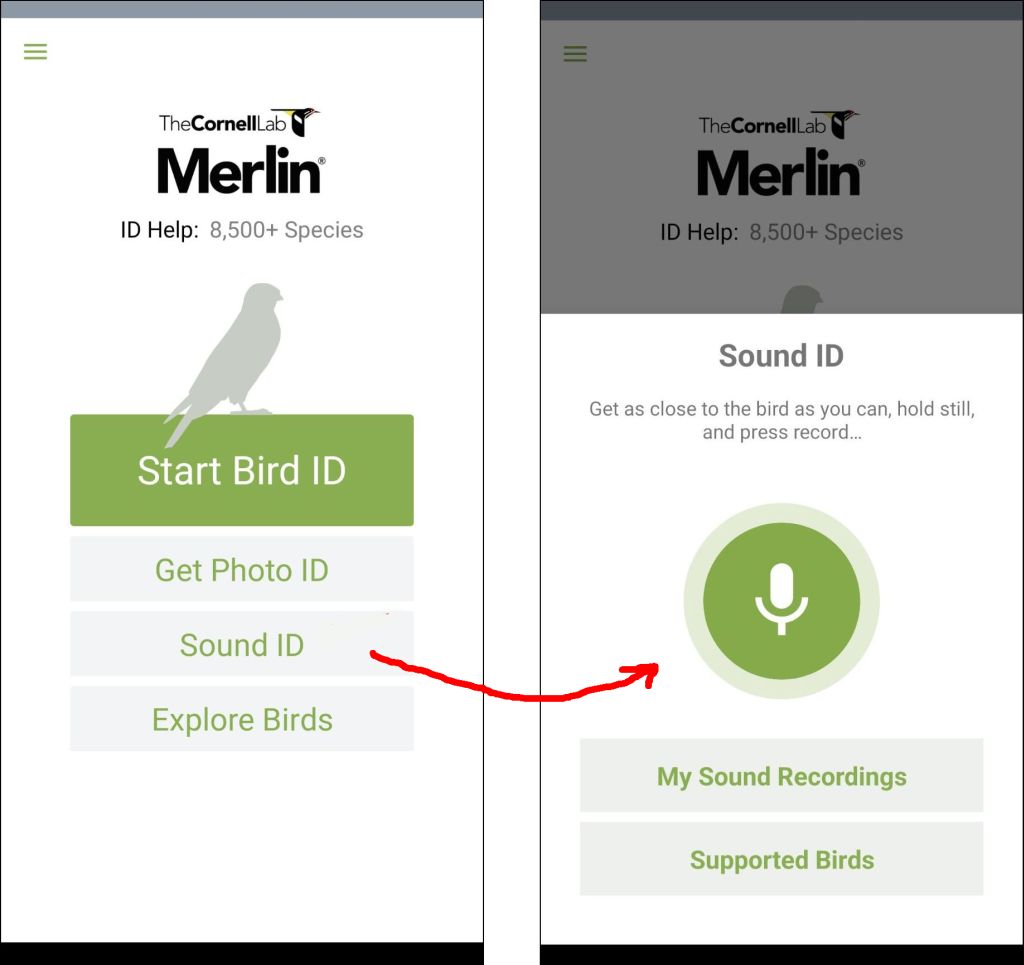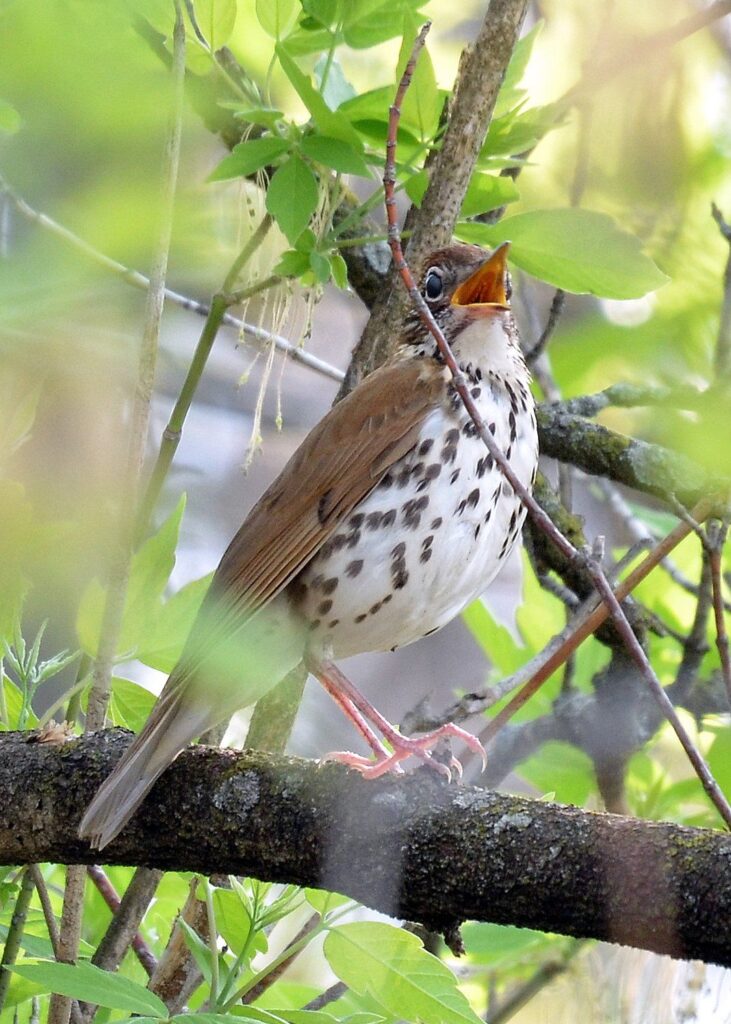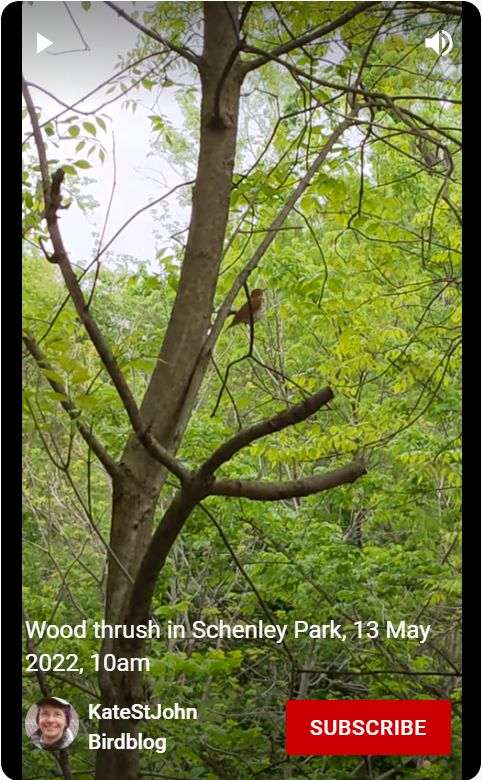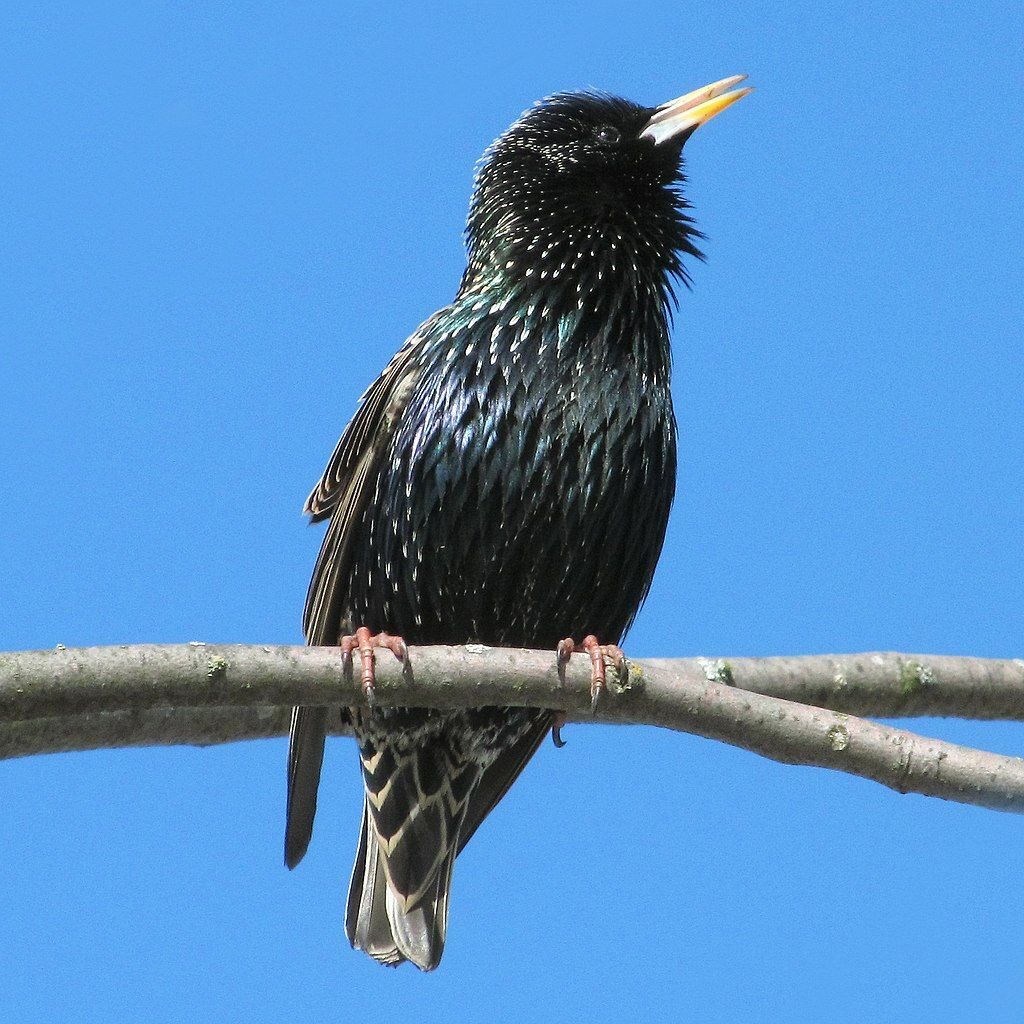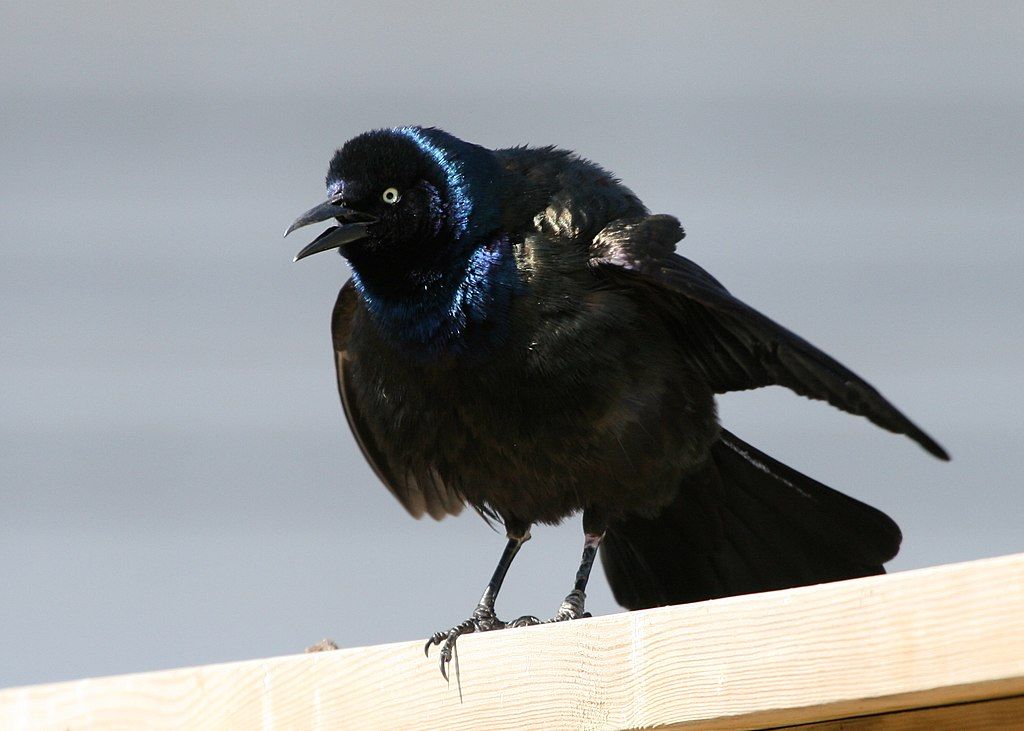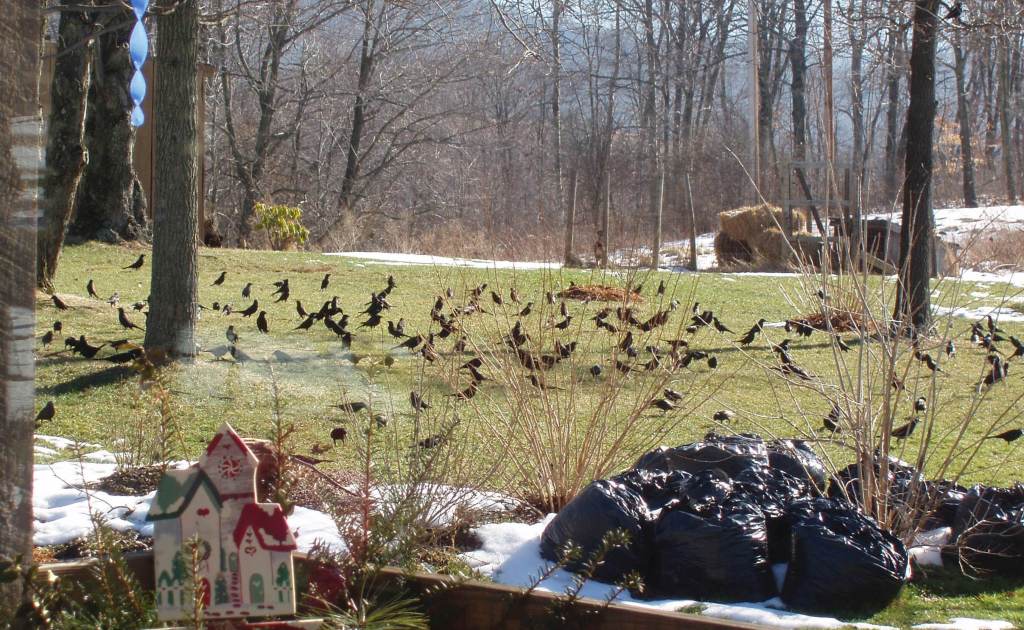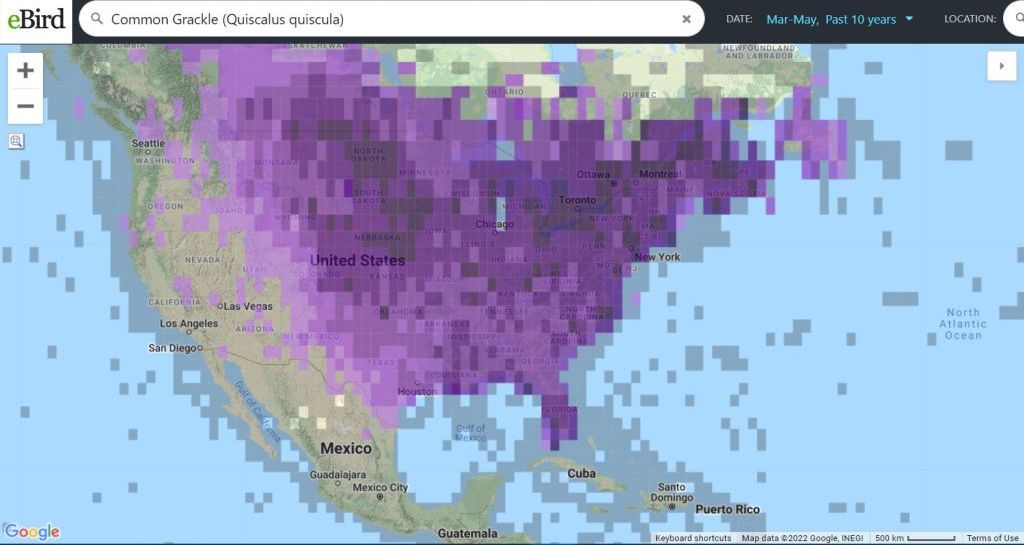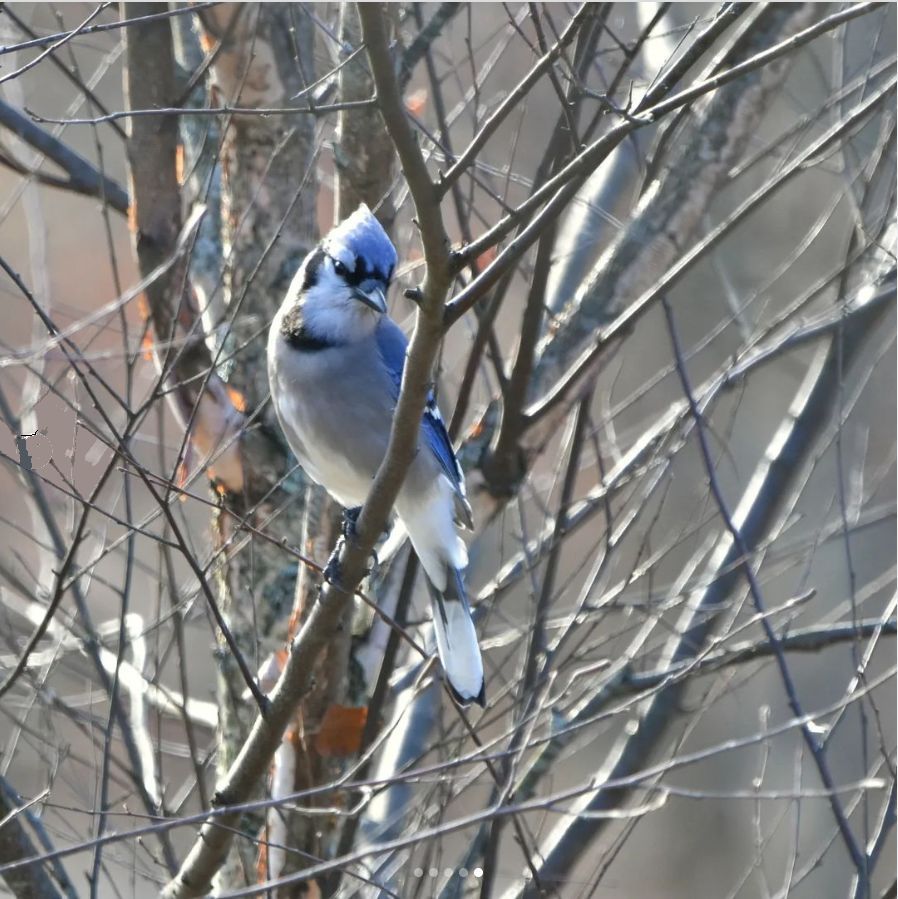
27 February 2023
Spring is coming and blue jays (Cyanocitta cristata) are talking about it. In addition to their typical “Jeer!” calls, they now make odd sounds that you might not recognize.
Here are two courtship season sounds, Pumphandle and Rattle, followed by an everyday “Jeer!” (You’ll also hear a crow, white-breasted nuthatch and others in this sound bite.)
Blue jays bob up and down when they make the Pumphandle sound and, according to the Stokes Guide, it “may be directed at other males in a courtship group or a predator.” When it’s directed at a predator it’s a low intensity comment as if to say, “I see you, Hawk, but you’re not threatening yet.”
Rattle calls are made only by females! Vassar’s website says, they’re “a series of rapid clicks that often have one sharp click at the beginning and end of the call, often emitted within a flock, as alert calls, or when another jay intrudes on a pair’s space.”
Seeing is believing. Watch the spring calls and sounds of blue jays in two videos by Lesley The Bird Nerd.
If you heard these sounds without seeing the bird making them, would you think it was a blue jay?
(photo by Charity Kheshgi, videos embedded from Lesley The Bird Nerd)

